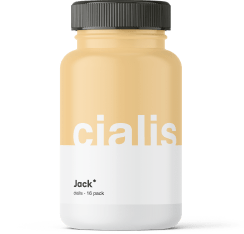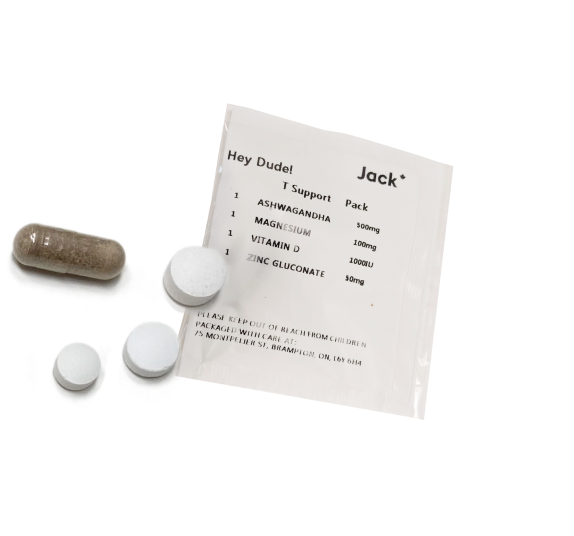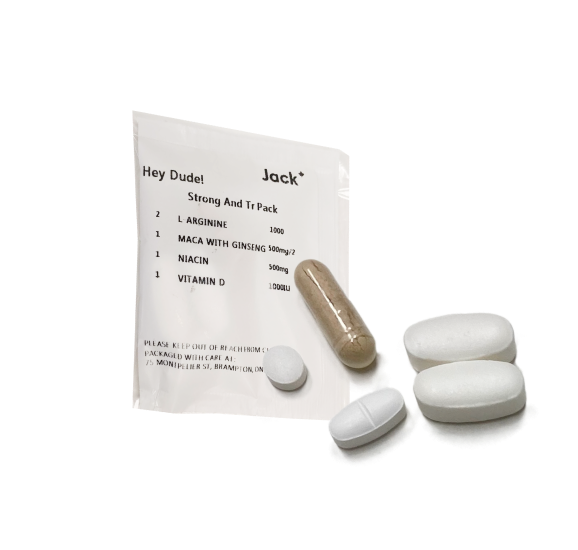Understanding the difference between free testosterone and total testosterone is crucial for anyone grappling with symptoms of low testosterone levels. This guide is designed to demystify these concepts, offering clear and actionable information to help improve your health.
What is Free Testosterone?
Free testosterone refers to the testosterone that is not bound to proteins in the bloodstream, such as SHBG (Sex Hormone-Binding Globulin) or albumin. This form of testosterone is important because it is readily available for your body to use. It plays a pivotal role in various bodily functions, including muscle mass development, sex drive, and overall energy levels.
For a deeper dive into the significance and roles of free testosterone in your body, check out our detailed article on what is free testosterone.
Why Do You Need Free Testosterone?
Free testosterone is essential for both men and women, though men require it in larger amounts. It helps:
- Regulate sex drive (libido)
- Maintain muscle mass and strength
- Influence mood and energy levels
Understanding the balance between free testosterone and total testosterone can offer insights into various health conditions and how to treat them.
What is Total Testosterone?
Total testosterone measures the amount of testosterone in the blood, including both free testosterone and the testosterone that is bound to proteins. This measurement gives a broad overview of your testosterone levels, providing a foundation for diagnosing low testosterone or other hormonal imbalances.
Exploring treatment options for low testosterone? Learn more about testosterone pellets for men as a potential therapy.
Free Testosterone vs. Total Testosterone: What is the Difference?
The main difference between free testosterone and total testosterone is in their availability and function within the body. While total testosterone provides a general level of testosterone in the body, free testosterone represents the amount that is active and usable by cells for vital bodily functions.
Low Testosterone
Generally, though, “low” total T is thought of as anything below 300 ng/dL. “Everybody will agree that below 300 is low,” says experts. “But a lot of people will say that men can get benefits if you treat them up to 450 (ng/dL).”
Total Testosterone levels, and in turn, free testosterone levels (4), start to decrease around age 30 by about 1 percent every year. Genetics, your activity level, and your overall health also play a role in T levels.
It turns out that symptoms of testosterone deficiency aren’t only caused by the total amount of testosterone in your blood. When it comes to hypogonadism, the level of free and bioavailable testosterone matters, too—because free T is what your body has readily available in the bloodstream.
So you could have normal total T levels, but still suffer from symptoms of testosterone deficiency because you don’t have normal free testosterone levels (a low free testosterone concentration can be due to high SHBG levels in your blood).
Thus, your free T levels can shed light on why you may be experiencing signs of testosterone deficiency—even if your total T levels are normal. According to some research, free T levels are a better predictor of testosterone deficiency symptoms than levels of total T are.
What’s more, low levels of total T don’t necessarily point to a testosterone-related health issue, since this might be simply a “side effect” of something else going on in your body.
For example, obesity can lead to a decrease in total testosterone levels since insulin resistance—a common consequence of obesity—lowers SHBG levels, causing total testosterone levels to drop, as well. However, in a scenario like this, free T is often not affected and remains at a normal level.
So while low total testosterone levels tell you that something might not be quite right with your body’s androgen hormone production, low levels of free T can help you pinpoint a possible cause of symptoms.
What is a Good Free Testosterone Level?
Good levels of free testosterone vary by age and sex. Healthcare providers typically assess free testosterone as part of a broader testosterone test to evaluate symptoms of low testosterone or other hormonal imbalances.
Men | Women | |
Total Testosterone (nmol/L) | 8.7 to 29 | Age 20-49: 0.29 to 1.67 Age 50 or more: 0.1 to 1.42 |
Free testosterone (nmol/L) | 0.2 to 0.62 | 0.001 to 0.02 |
Free Androgen Index (%) | Rarely measured | 0.18 to 7.07 |
Albumin (g/L) | 35 to 50 | 35 to 50 |
SHBG (nmol/L) | 18.3 to 54 | 27 to 146 |
Should You Test Free or Total Testosterone Levels?
The approach to testosterone testing varies based on the purpose of the test and the individual’s gender.
For Men:
Curiosity or concerns about testosterone deficiency can initially be addressed by measuring total testosterone levels. This serves as a primary step in evaluating symptoms of hypogonadism (low testosterone) and acts as an effective screening tool. Should the total testosterone levels appear low or borderline, or if symptoms persist, further examination recommended by a doctor might include tests for free testosterone, SHBG, LH (to differentiate types of hypogonadism), or FSH (particularly if fertility concerns are present).
For convenience, free testosterone levels can be measured at home using a finger-prick test, or for a comprehensive hormone profile, a Male Hormone Blood Test may be considered. Notably, free testosterone measurements can be particularly insightful in hypogonadism cases, as total testosterone levels might be within normal ranges even when free testosterone is deficient.
For Women:
In exploring hyperandrogenism causes like PCOS, tests for total testosterone, SHBG, and the free androgen index are typically most informative. Additional hormone assessments, such as LH, FSH, and prolactin, may be conducted to exclude other reasons for irregular menstrual cycles.
While some women associate low libido with reduced testosterone levels, the relationship is not always direct; testosterone metabolism’s impact on libido, rather than the hormone’s absolute level, may play a more significant role, yet this aspect cannot be quantified through testing.
When considering testosterone replacement therapy, verifying that total testosterone and FAI (Free Androgen Index) levels are not at the high end of the normal range is crucial to ensure appropriate treatment planning.
Causes of Low Testosterone Levels
Several factors can influence testosterone levels, leading to low levels:
- Hypogonadism
- Age-Related Decline in Testosterone
- Undescended Testicles
- Genetic Conditions
- Kallmann Syndrome
Symptoms of Low Testosterone Levels
Recognizing the symptoms of low testosterone is the first step towards seeking treatment.
Physical Symptoms in Men and Women
- Decreased muscle mass
- Energy loss
- Reduced sex drive
Emotional Symptoms in Men and Women
- Mood fluctuations
- Decreased libido
Diagnosis of Low Testosterone Levels
Testosterone testing (you can measure just total T or both total and free T) helps deliver results and sometimes is even used to diagnose health conditions such as ED or infertility.
A proper hormone assessment paints a full picture of what’s going on with your T levels by measuring several biomarkers, including SHBG, estradiol, luteinizing hormone (LH), and prostate-specific antigen (PSA), and of course, both free and total T.
Considering alternative treatments for low T? Gain insights into clomid TRT and how it might be a suitable option for you.
Key Takeaways
- Free vs. Total Testosterone: Free testosterone is the unbound hormone available for the body’s immediate use, playing a crucial role in functions like muscle mass development and sex drive. Total testosterone includes both free and bound testosterone, offering a general overview of testosterone levels in the body.
- Importance of Testing: Testing for both free and total testosterone can provide insights into hormonal imbalances and conditions like hypogonadism. For men, total testosterone testing is a good starting point, while free testosterone levels can offer additional insights, especially if total levels are normal but symptoms persist. For women, testing focuses on conditions like PCOS and involves a broader hormone profile, including total testosterone, SHBG, and the free androgen index.
- Symptoms and Causes of Low Testosterone: Symptoms of low testosterone include decreased muscle mass, energy loss, and reduced sex drive. Causes range from hypogonadism and genetic conditions to age-related decline. Understanding these can help in seeking the right treatment.
- Determining the Right Test: The choice between testing free or total testosterone levels depends on individual symptoms, gender, and the specific health condition being investigated. Comprehensive hormone assessments, including SHBG and LH, can provide a more complete picture of an individual’s hormonal health.
Frequently Asked Questions
Can You Have Normal Total Testosterone and Low Free Testosterone?
Yes, it’s possible to have normal total testosterone levels while having low free testosterone, indicating a problem with hormone binding or availability.
How Can I Check My Testosterone Levels?
Blood tests are the most accurate way to check testosterone levels, including both total and free testosterone.
How Can Changes in Free Testosterone Levels Affect Health?
Changes in free testosterone levels can significantly affect your muscle mass, mood, energy levels, and sexual health, highlighting the importance of hormonal balance for overall well-being.
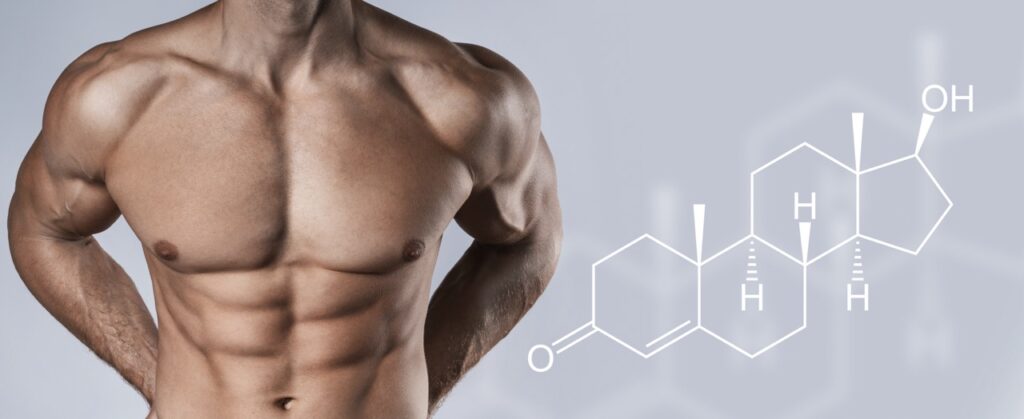





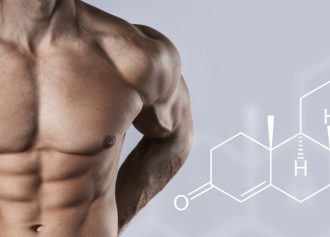
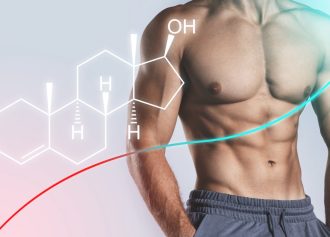

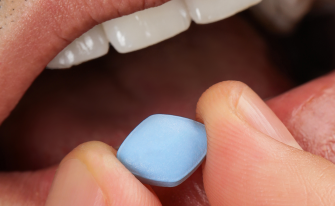



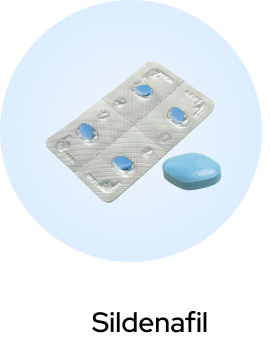
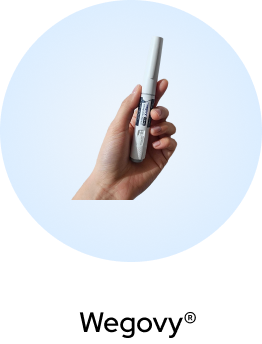
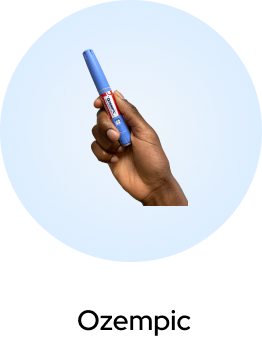


 (US)
(US)